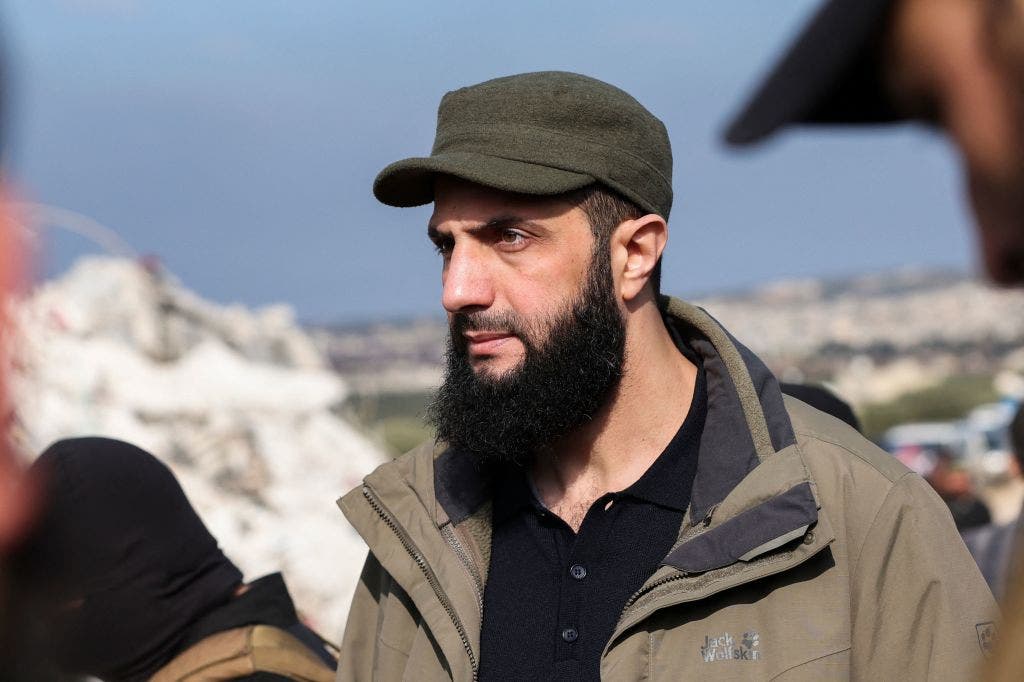The recent fall of Bashar al-Assad’s regime in Syria, orchestrated by Hayat Tahrir al-Sham (HTS) under the leadership of Ahmed al-Sharaa, also known as Abu Mohammad al-Jolani, has dramatically reshaped the geopolitical landscape of the Middle East. This seismic shift has prompted the Biden administration to engage in a pragmatic recalibration of its policy towards Syria, marked most notably by the lifting of a $10 million bounty on al-Sharaa. This decision, driven by a desire to foster dialogue and cooperation with the newly dominant force in Syria, underscores the complex and evolving dynamics of the region. The U.S. rationale hinges on al-Sharaa’s commitment to prevent terrorist groups operating within Syria from posing a threat to the U.S. or its regional allies. This engagement represents a calculated risk, balancing the necessity of addressing immediate security concerns with the long-term goal of stabilizing a volatile nation.
The meeting between Barbara Leaf, the U.S.’s top envoy to the Middle East, and al-Sharaa signifies the nascent stages of this evolving relationship. Leaf described the discussions as “thoroughgoing,” encompassing a wide spectrum of regional issues. The removal of the bounty, she explained, was a necessary precursor to meaningful dialogue, aligning with the administration’s commitment to exploring avenues for cooperation with HTS. This pragmatic approach recognizes the reality on the ground: HTS now controls a significant portion of Syria, and engaging with its leadership is crucial for achieving U.S. objectives, including the safe return of detained American journalist Austin Tice.
HTS’s trajectory from an al-Qaeda affiliate to a dominant political force in Syria is a significant factor in understanding the current situation. While the group’s past links to terrorism remain a concern, its public disavowal of al-Qaeda in 2016 and al-Sharaa’s efforts to rebrand HTS as a pragmatic governing entity have created an opening for engagement. Al-Sharaa has emphasized HTS’s focus on internal stability and governance, distancing the group from transnational terrorism. His assertions regarding HTS not targeting civilians and prioritizing education, particularly for women, are part of a broader effort to project a more moderate image. These claims, while needing further scrutiny, contribute to the narrative of a transformed HTS, seeking legitimacy on the international stage.
The U.S. approach to HTS reflects a delicate balancing act. While acknowledging the group’s problematic past, the administration is prioritizing immediate security concerns, particularly the threat posed by ISIS. With the collapse of the Assad regime, the potential for ISIS resurgence, facilitated by the potential release of thousands of imprisoned militants, has become a significant concern. This has led to a doubling of U.S. troop presence in northeastern Syria, underscoring the administration’s commitment to containing ISIS and preventing its exploitation of the current instability.
The complexities surrounding HTS are further compounded by its relationship with other rebel factions within Syria. While HTS has emerged as the dominant force, other groups still maintain a presence throughout the country, creating a multifaceted and potentially volatile landscape. The U.S. will need to navigate these intricate relationships carefully, ensuring that its engagement with HTS does not inadvertently empower other extremist elements. Moreover, the international community’s response to the changing dynamics in Syria will be critical. A coordinated approach is essential to ensure stability and prevent the country from becoming a haven for terrorist organizations.
The decision to lift the bounty on al-Sharaa represents a significant gamble for the Biden administration. The U.S. is betting on the possibility of a reformed HTS, willing to cooperate on counterterrorism efforts and contribute to a stable Syria. The success of this strategy hinges on al-Sharaa’s commitment to his stated goals and the ability of the U.S. to effectively leverage its engagement to achieve its objectives. The road ahead is fraught with challenges, but the potential rewards of a stable and secure Syria warrant the calculated risk. The international community will be closely watching the unfolding events, hoping for a positive outcome in this complex and volatile region. The future of Syria, and indeed the broader Middle East, may well depend on the success of this delicate diplomatic dance.

